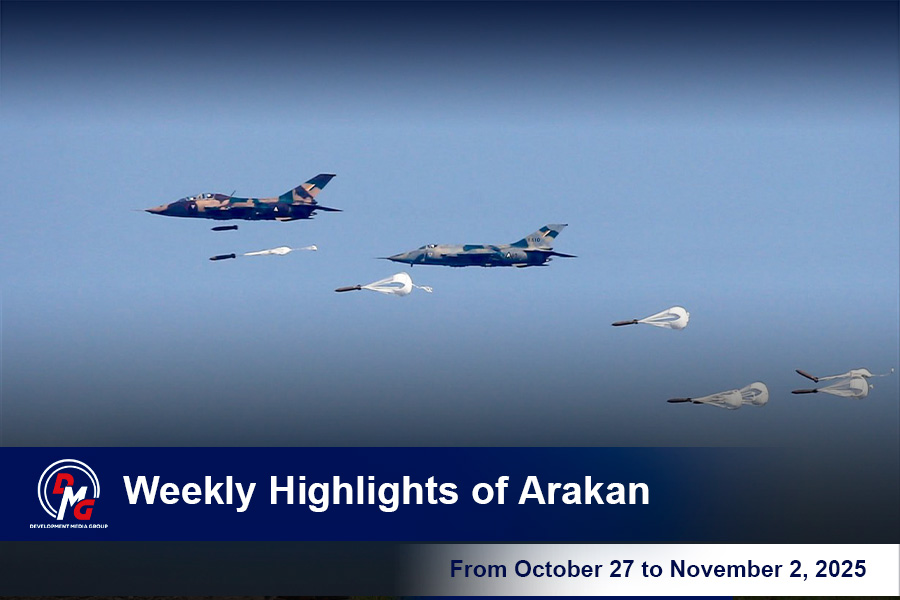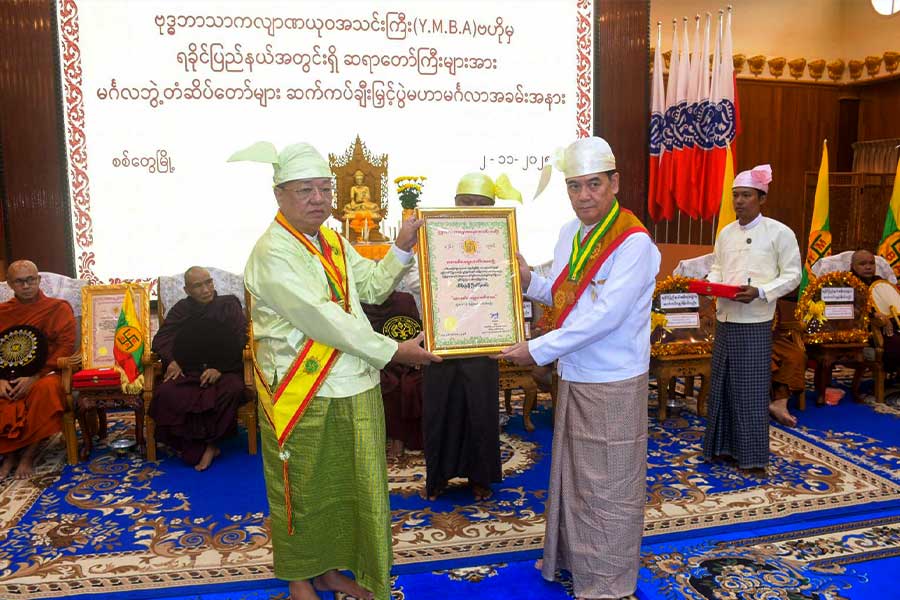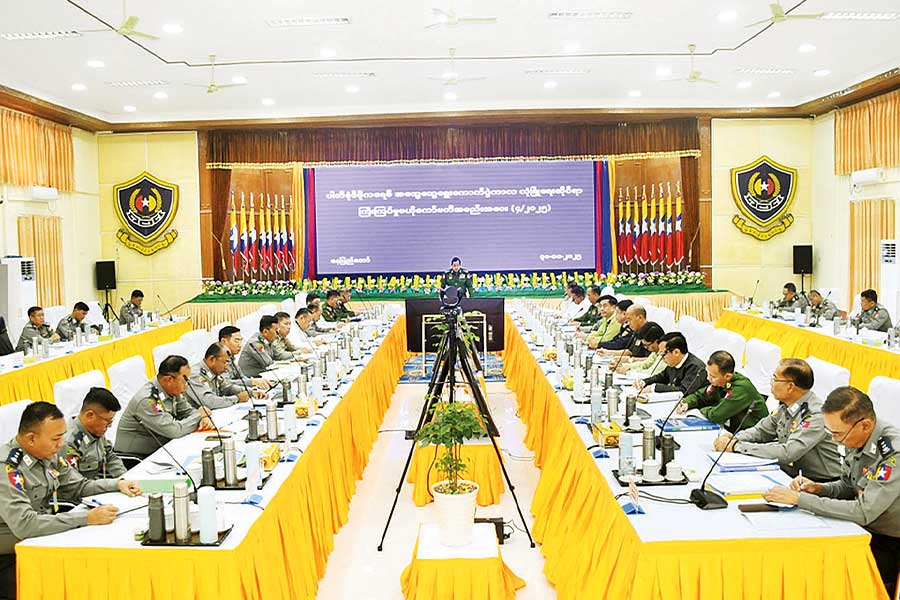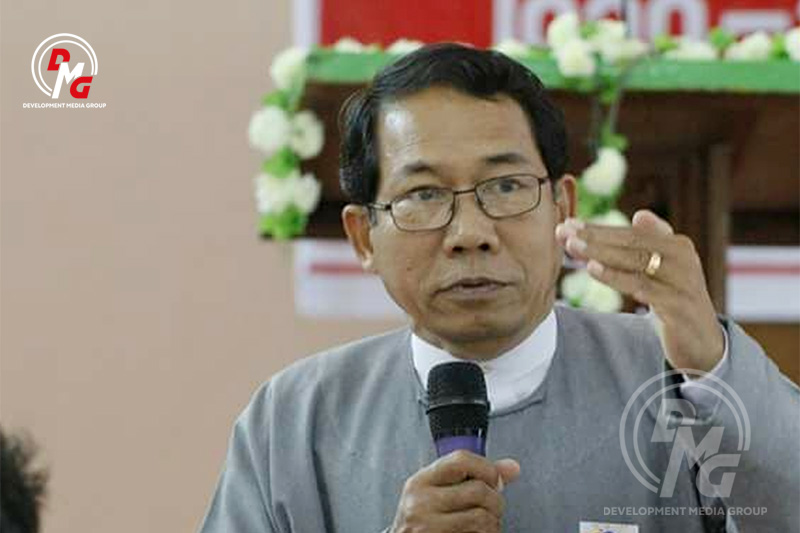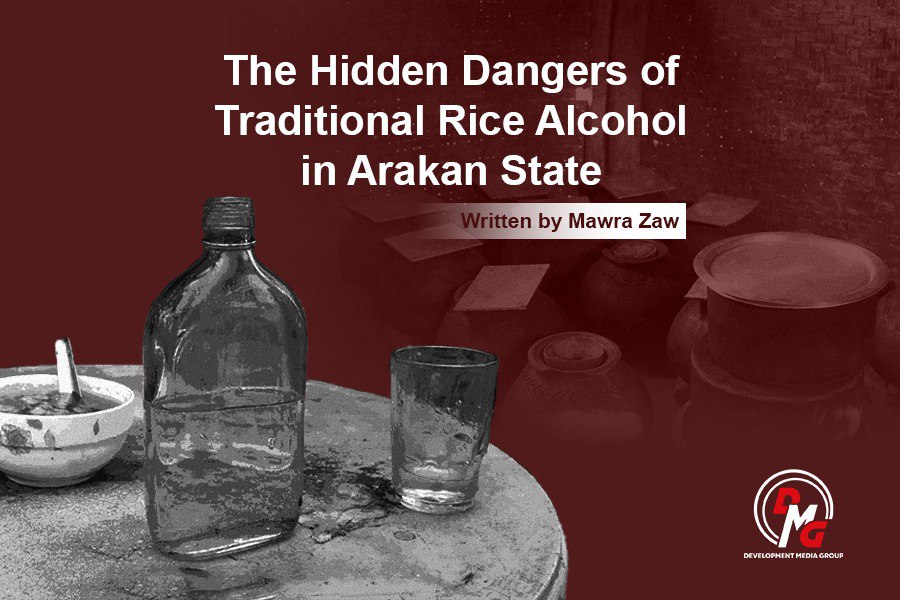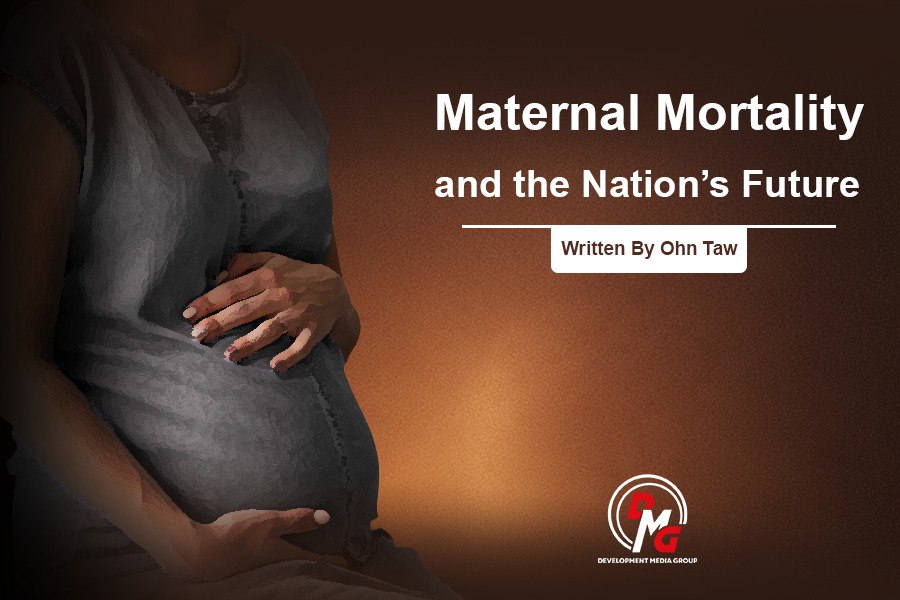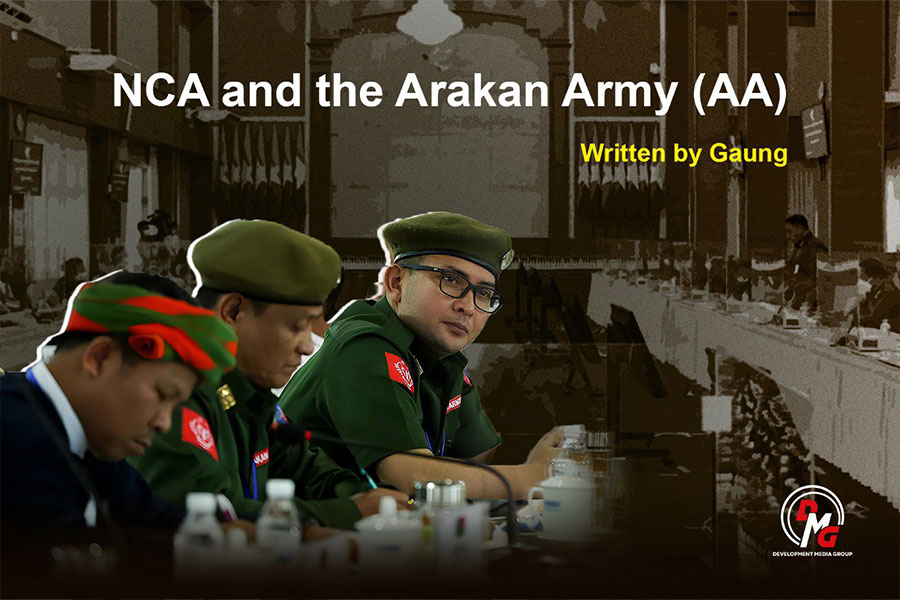- YMBA confers religious titles on junta-appointed Arakan State chief minister, monks
- Weekly Highlights of Arakan (October 27-November 2)
- Regime arrests 88 people for opposing elections
- "Homeland and the Past, Present, and Future"
- Dr. Aye Maung pledges to address soaring commodity prices in Arakan State
Residents near Sittwe garbage dump breathe in noxious fumes from burning trash
Residents in the vicinity of the Akyeittawkone hill in Sittwe, Arakan State, are complaining of the fumes they breathe in from the burning of rubbish in their neighborhood, which hosts a landfill for much of the city’s trash.
23 Dec 2020
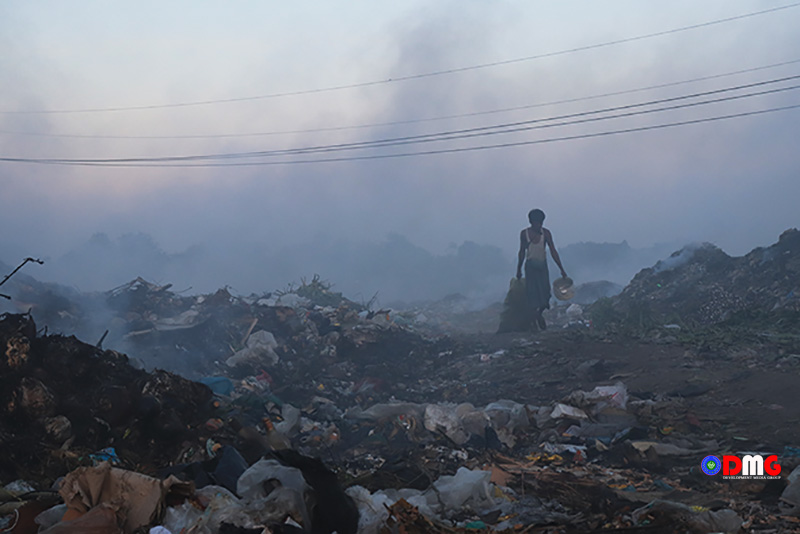
Thiha | DMG
22 December 2020, Sittwe
Residents in the vicinity of the Akyeittawkone hill in Sittwe, Arakan State, are complaining of the fumes they breathe in from the burning of rubbish in their neighborhood, which hosts a landfill for much of the city’s trash.
Garbage from many of Sittwe’s residential areas is dumped at a landfill on Akyeittawkone, the name for a hill and its surrounding neighbourhood in the state capital. Daw Win Sein, who lives in a relief camp in Setyonesu Ward-1, near the dump, said she had been breathing smoke ever since she arrived at the camp.
“Since coming here, we have been inhaling the smoke from the garbage dump every day. When I was sheltering in Danyawady IDP camp, it was better to take some medicine for cough. I have been hospitalised five times since I arrived here. I don’t like this smell at all,” she said.
Some people had to go to hospitals and clinics because they were breathing in the smoke, said U Maung Zan, an IDP from the Setyonesu camp.
“If the pile of rubbish is set on fire for three or four or five days, we will not be able to breathe at that time,” he said. “Residents in the ward are badly affected by fumes from the rubbish dump.”
Monasteries near the dump are temporary residences for other IDPs forced from their homes by fighting.
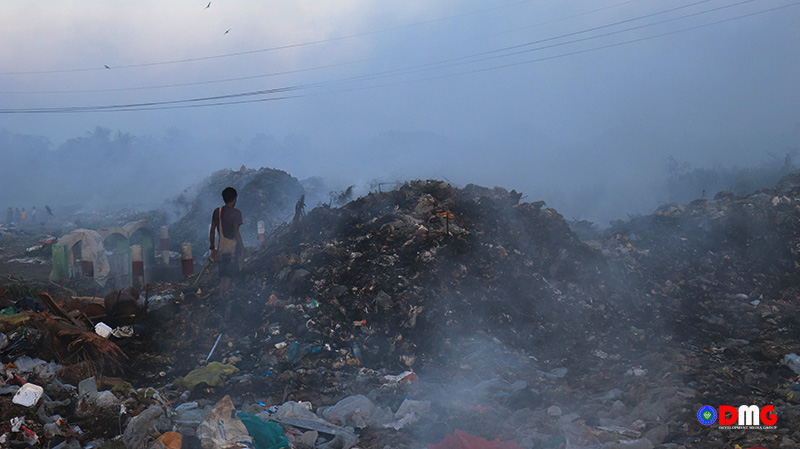
“The smell of burning garbage makes our elderly people sick and unable to breathe easily. I feel comfortable only when I am treated by medical staff from the hospital. Being elderly, my health is very poor,” said U Sein Nu Maung, an IDP from Tezayarma Monastery.
Displaced people taking shelter at the monastery are concerned that the health of the elderly and children could be endangered by the fumes.
The Sittwe Township Development Committee uses heavy machinery to maintain the landfill and does not burn it, said U Kyaw Moe, deputy director of the committee.
“We don’t burn the garbage, sometimes the weather is too hot and the trash burns. There was a fire because the garbage collectors set fire to it,” he said. “We are working to maintain the landfill properly.”
Meanwhile, some trash pickers are accusing city personnel of periodically setting landfill garbage on fire.
Daw May Thet Htwe, managing director of the environmental group Thant Myanmar, said proper incineration should be done at the incinerator, adding that inhaling fumes from the incinerator too can be detrimental to health.
“When plastic waste is incinerated above 800° celsius, the amount of harmful gases is reduced. When waste is piled up on the ground and burned, it emits [harmful] dioxins. Incineration of green leafy vegetables can increase the risk of cancer. In the early stages of incineration, people who inhale the fumes may experience headaches and respiratory ulcers,” she said.
A DMG reporter visited the landfill on Sittwe’s Akyeittawkone on December 15 and witnessed a pile of rubbish smoldering and burning.




